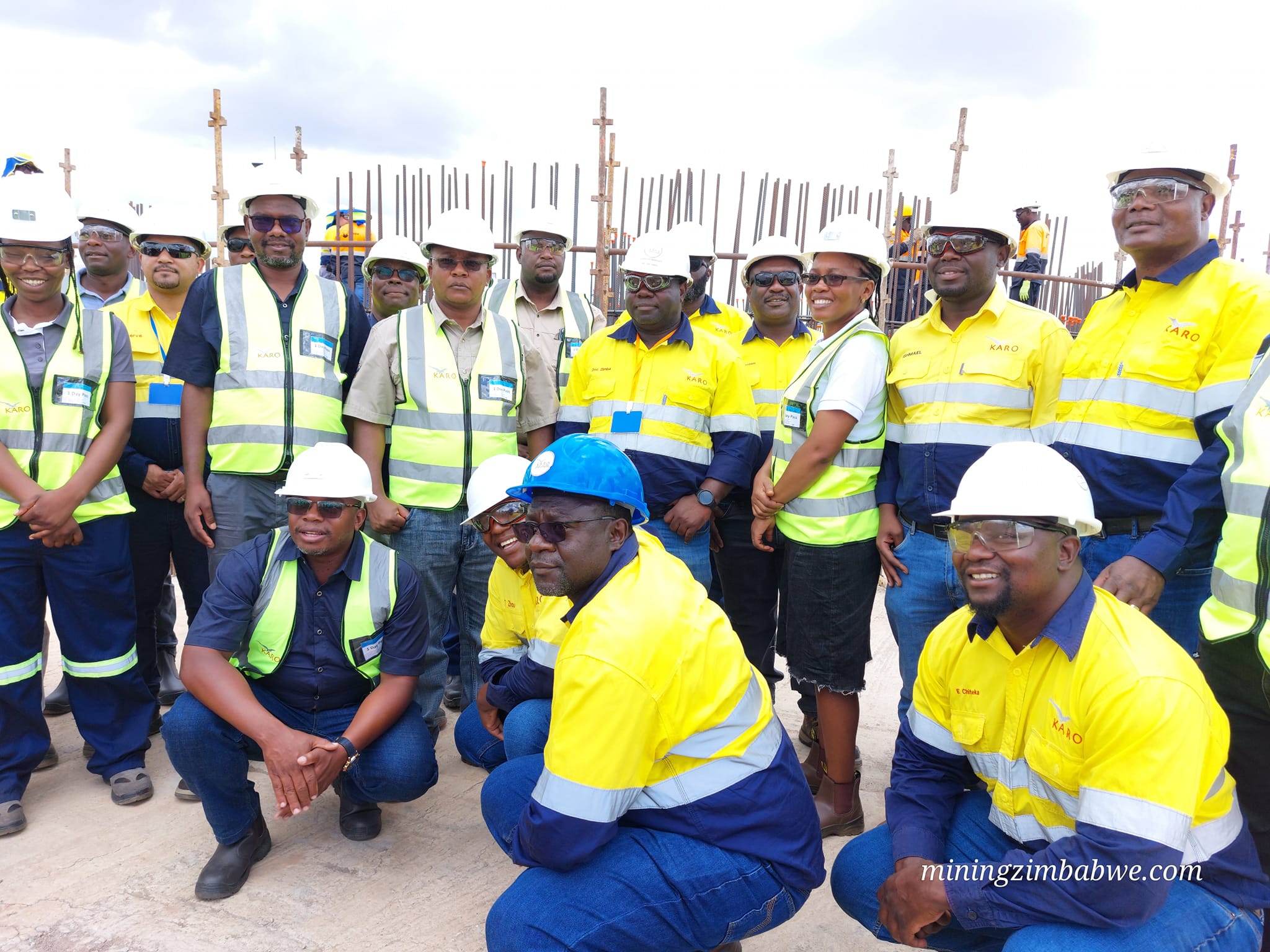Tharisa’s Karo Platinum Group Metals (PGM) Project in Mhondoro Ngezi has proven to be one of the favourites with 99 per cent of employees and contractors being from within Zimbabwe.
Rudairo Mapuranga
The project whose groundbreaking exploration was commissioned by President Emmerson Mnangagwa in 2018 is expected to be online 7 years later in 2025 relatively a short period for a project of that magnitude.
According to world standards, on average it takes from exploration to development stage of a PGM project it usually takes 10-15 years to open an ore deposit for production, and costs vary from $100 million to over $1 billion to complete depending on the type of mine. Development involves extensive pre-development planning and paperwork.
Tharisa will invest over US$400 million in the first phase of the project, already over US$100 million has been invested with Tharisa initially targeted bringing the first ore to the mill by the second half of 2024 and significant progress has been made in line with the target. However, the giant has indicated that the timeline has been extended to June 2025 in response to the deterioration in PGM prices.
The project is in the development stage, employing over 1000 people with over 400 coming from the surrounding community and over 600 coming from other areas like Norton, Chegutu and the rest of the country.
Of the 15 contractors working to build what could be the country’s second-biggest PGM mine after Zimplats in 2025, 14 are Zimbabwean-owned companies proving that the project is in the hands of Zimbabweans.
The Karo project has also been designed as a model and yardstick to ensure the knowledge to build PGM project is cascaded downwards for future generations to be able to open and develop Mines.
During its first phase of production, Karo Platinum Mine will produce an annual average of 190,000 ounces of PGMs with the capacity to grow the country’s GDP by an average 2 per cent.
“Over 400 local people from this surrounding community have already been employed in the project. We’ve got 1104 people with respect today working on the project which is a big number. Obviously, you’ve seen a lot of the local companies that are providing services and contributing to the local economy and developing obviously not just the current point but also developing the country’s skills base to do projects of this magnitude.
“This project is being done to international standards both from environmental social issues, engineering sticks up to some of the best engineerings in the world. It’s a project of the highest quality that we’re developing here so we hope that that sort of skill set will cascade downwards into other sectors of the economy.
“It’s a big project we’re looking to produce plus or minus 190 000 ounces of PGMs on an annual basis you know with some of the work that we’re doing it might go beyond 200 000 ounces of PGMs.
“For every thousand jobs that are created in the mining industry you create an additional seven you, so if we do a thousand jobs here, there are 7 000 jobs created,” Karo Resources Country Director Dr Joe Zimba speaking on the sidelines of Ministerial visit to Karo Platinum project on Tuesday said.
Some foreign investors bring with them too many employees from abroad to a country with high employment rates and jobless skilled professionals saturating the already pressed jobmarket.
.png)




